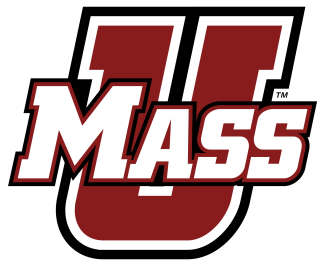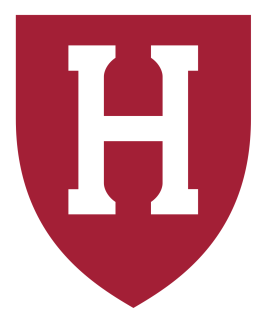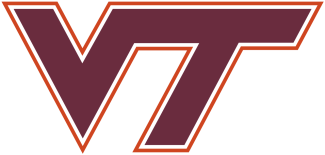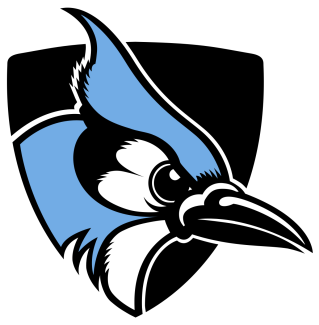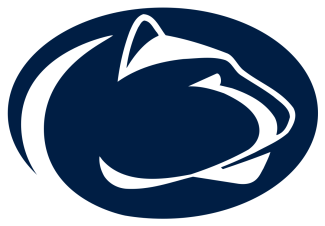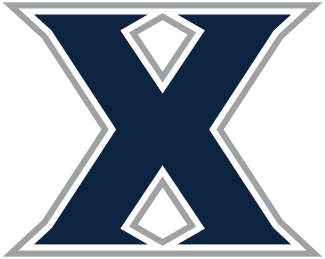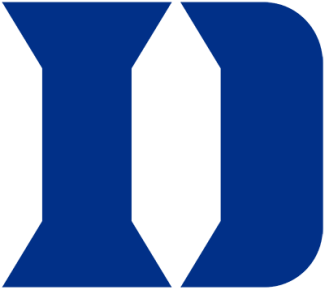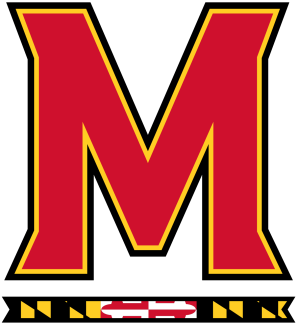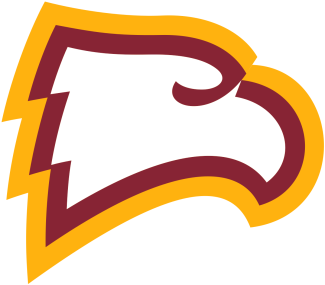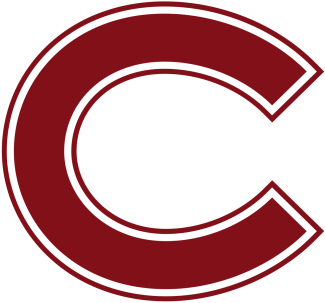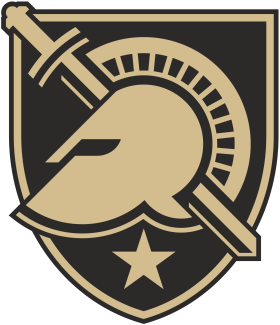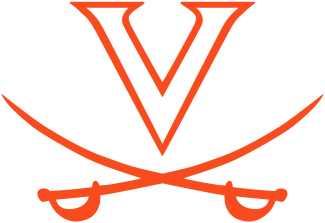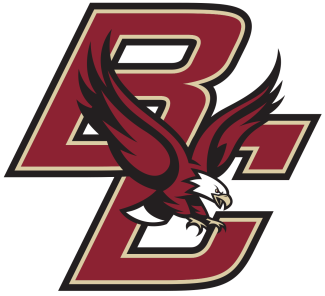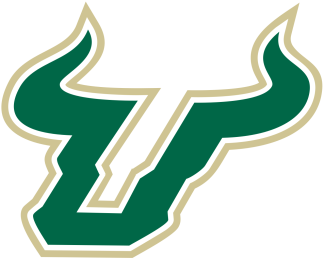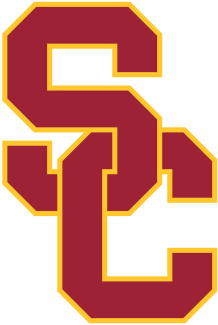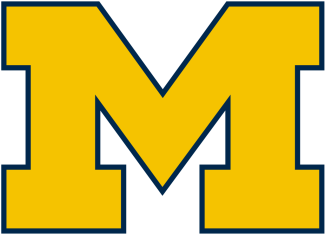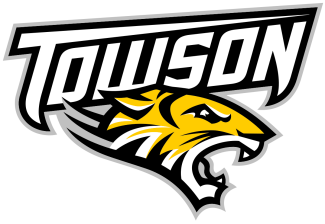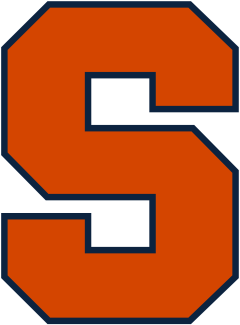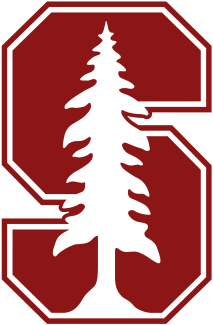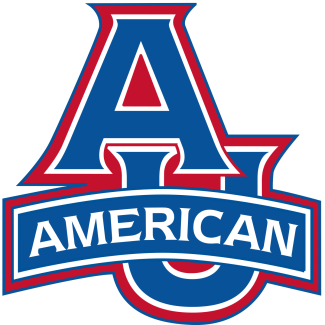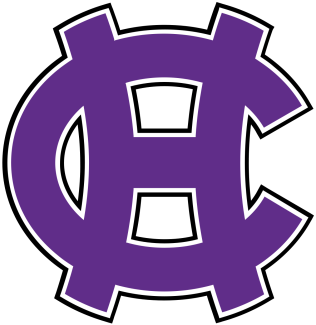In ways they couldn’t have imagined in early 2020 or 2021, Ivy League players and coaches welcome the competitive madness that will intensify as the 2022 postseason commences. Anything beats the lights being turned out for more than a full calendar year and losing back-to-back seasons.
In 2020, when the Ivy League became the first Division I conference to cancel the spring season as the coronavirus raged, the pain was shared throughout the college sports landscape. In the Ivy League, that pain extended through the fall and winter seasons. Scores of seniors graduated in 2020, with no chance to retrieve extra Ivy eligibility that younger players were offered, since the league policy mostly allows only undergraduate students in athletics. Stars such as Yale’s Jackson Morrill and Princeton’s Michael Sowers had to relocate to play one more year in 2021. Sowers played at Duke, Morrill at Denver.
“Just like that, our class of ’20 was gone, vaporized,” Yale coach Andy Shay said.
With so much COVID-fueled uncertainty in the fall of 2020, Ivy League lacrosse activities went on at varying levels, depending on individual school policies. Many players withdrew from school, put off decisions to reenroll until early 2021 and organized in groups to practice or work out off campus. Some put their sticks down and took time to travel. Some schools had a limited number of players on campus. Coaches communicated with players through Zoom.
“We had to focus on keeping the team close the best we could,” said Chris Brown, Princeton’s senior attackman and leading scorer. “I was living in the Piscataway (N.J.) area for most of the year with between 10 and 20 of my teammates. We played in small groups, focused on individual skills, even scrimmaged with some high school teams. Some guys were at Princeton, others were at home. We had weekly, sometimes daily calls to hang on to a team environment.”
With Ivy League seasons canceled in the fall of 2020 and the ensuing winter, anxiety was high among spring sports athletes who dreaded what might be coming in February of 2021.
Having previously voted to postpone the beginning of the lacrosse season until March 1, the Ivy League university presidents voted Feb. 18 to cancel the spring season entirely. Every other Division I conference preserved some sort of winter and/or spring season under strict pandemic protocols.
“The opportunity missed by the guys who graduated last year, because something was taken from them for no good reason and without getting an explanation, you really feel for those guys,” Murphy said. “School was already in session and a lot of us were practicing already. The timing was so unfortunate.”
Many players scattered once again to focus on working on their games and team bonding. At Harvard, about two dozen players lived for six weeks in Atlanta, where they worked out with members of the Thunder LB3 club team, practicing four days a week at 6 a.m. and scrimmaging on Saturdays.
“After the ’21 season got canceled, our itch to compete took over,” Harvard co-captain and senior midfielder Charlie Olmert said. “We didn’t want to be sitting around or just working on our own. It got us recentered on how badly we want to be a great lacrosse team.”
There was plenty of unexpected free time last spring. Murphy saw more of his kids’ high school games than ever, by far. Shay coached his son’s eighth-grade team and improved his golf game from “starting off not very good at all and ending up not bad, maybe.”
And there was ample time to watch Division I games in 2021, as the Ivy League strangely became an afterthought.
“I watched college games on the couch like I did when I was in high school, which was demoralizing,” said Penn senior midfielder Sam Handley, who was named the Ivy League Player of the Year on Wednesday. “I knew our team could have stepped on the field and beaten anybody last year.”
“But it’s not really worth dwelling on the what-ifs anymore,” Handley added. “It’s been a very long two years. And I and anybody else in our locker room would say that playing this season has made it worth the wait.”
This article is updated from a version that appears in the May/June edition of USA Lacrosse Magazine. Join USA Lacrosse to get the mag and fuel the growth of the sport.

